Features and cultivation of violets LE-Rose of the Winds
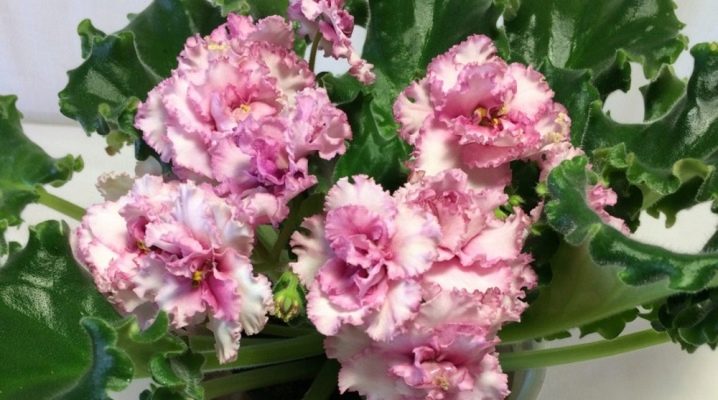
Violet LE-Rose of the Winds is a very beautiful, but very capricious plant. The variety was obtained by the well-known Ukrainian breeder from Vinnitsa Elena Anatolyevna Lebetskaya and rightfully earned a high assessment of amateur flower growers.
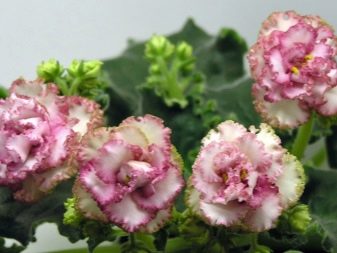
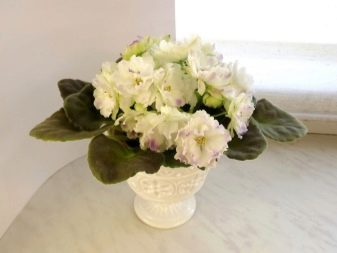
Description
Before proceeding with the characterization of the variety, it should be noted that LE-Rosa Vetrov is a representative of the Gesneriaceae family of the genus Saintpaulia, and has nothing to do with violets. However, among the people, Saintpaulia is often called violets, therefore, in this article, this, more familiar, name of the flower will be used.
So, the violet LE-Rose of the Winds is considered one of the most spectacular hybrids. It is distinguished by beautiful, not too large flowers, reaching 5 cm in diameter and forming a lush cap. Due to the wavy structure of the petals, the rosette of the flowering plant takes on the appearance of a small bouquet and looks very dignified against the background of other representatives of the species. The first blossoming buds are larger, while the later specimens are slightly smaller and are located close to each other on the peduncle.
The flowers have a dense structure and outwardly resemble roses.
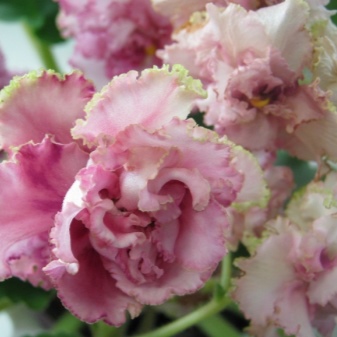

The colors of Saintpaulias LE-Rose of the Winds are quite unusual: the petals are painted in several tones of pink at once and have a white border around the edges. The rippled edges of the petals give a greater effect to the flowers, which create splendor and make the flower-bearing bouquets very voluminous. In some places, the white border takes on a yellow-green hue, giving the flower an interesting look. The still unblown buds, wrapped in pale green leaves with a subtle honey tint, look especially beautiful. In some cases, Saintpaulia can produce pure white petals with subtle specks of light pink tones.
The leaves of the variety also have a beautiful structure and are noticeably different from the leaves of other Saintpaulias. The leaf blade has a pronounced waviness, large size and is painted in a rich dark green color. The plates grow quite large and, with their brightness and unusual shapes, effectively emphasize the tenderness of the flowers.
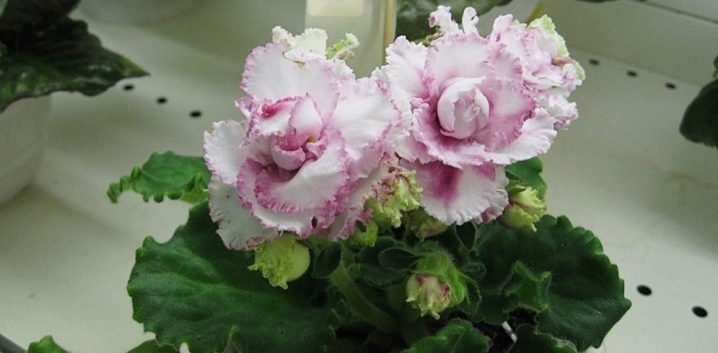
Features of the variety
Saintpaulia LE-Rose of the Winds is a rather controversial plant. On the one hand, these are high decorative qualities that noticeably distinguish it from the background of other species, and on the other, difficulties in preserving morphological characteristics. Most flower growers are similar in the opinion that with proper cultivation and competent reproduction, a flower is able to retain all varietal characteristics for a long time, but even experienced flower growers do not always succeed.
Very often, Saintpaulia begins to play sports, that is, it changes relative to the reference plant.
The most common sport is changing the color of the petals, which, instead of pink, become pure white or bright red.

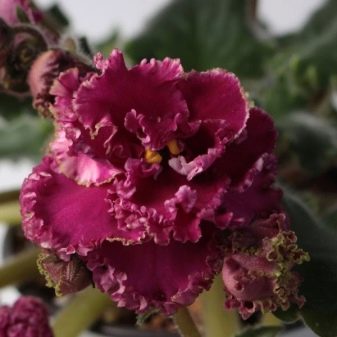
Leaf sport, although noticeably less common, also occurs. At the same time, the sheet plates lose their waviness and become absolutely straight. The color of the leaves also changes quite often. So, instead of a luscious green color, they become pale yellow. As a result, many growers, unable to preserve varietal characteristics, grow bright crimson and dark pink specimens on their windowsills, and are not going to give up their cultivation.
Sometimes it happens that flowers of completely different colors coexist in the same outlet. However, this only increases its decorative qualities and makes the flower even more interesting.
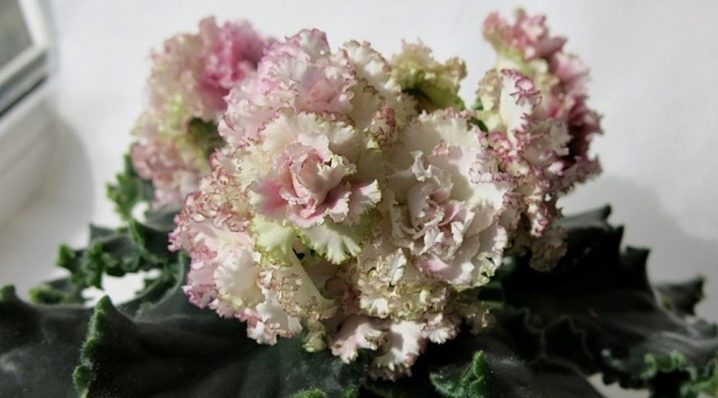
Growing conditions
When growing violets LE-Rose Vetrov, you need to pay special attention to factors such as soil composition, illumination, temperature and humidity.
The soil
As a substrate for growing Saintpaulia, it is better to purchase a special mixture that is sold in flower shops.
If it is not possible to purchase a ready-made composition, then you can prepare it yourself.
For this, leafy soil, peat and humus are mixed in equal proportions, lumps are broken and coarse mechanical debris is removed, including the remnants of roots and other organic matter. Then the substrate is placed on a baking sheet and sent to the oven. Disinfection is carried out for 20 minutes at a temperature of 220 degrees. A violet pot should be chosen not too large, since in a spacious container the flower will give out a large, spreading rosette.
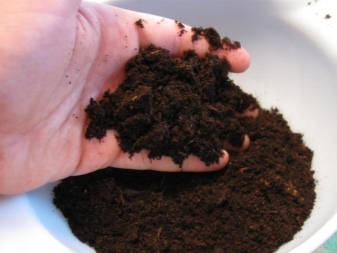
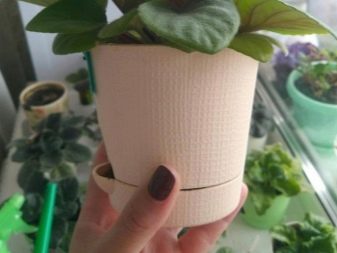
Temperature and humidity
These indicators are important conditions for growing the variety and must be maintained at the optimum values for the plant. The most favorable temperature for a plant is considered to be 20-25 degrees. In the summer months, an increase of up to 28 degrees is permissible, however, in such conditions, the plant needs additional watering.
In winter, it is necessary to ensure that the thermometer in the room does not drop below 14 degrees, otherwise the violet will get overcooled and get sick.
As for humidity, 60% is the most comfortable for the variety. In winter, especially when the central heating radiators are on, it is recommended to additionally humidify the room by hanging wet towels on the radiators or using a humidifier.
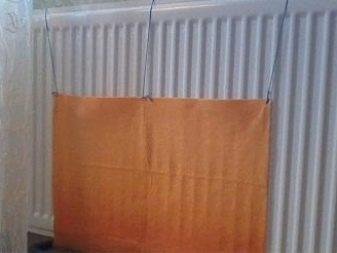
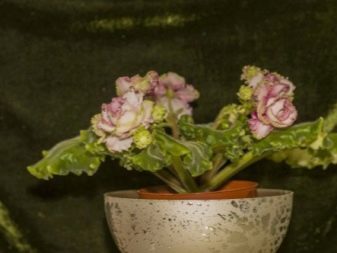
Illumination
Violet LE-Rose of Winds does not tolerate direct sunlight and should be located in the light shade of higher species. You can also use translucent curtains or remove the flower on a stand deeper into the room. During the short daylight hours, the violet should be provided with artificial lighting. In total, the plant should be illuminated for at least 14 hours a day.
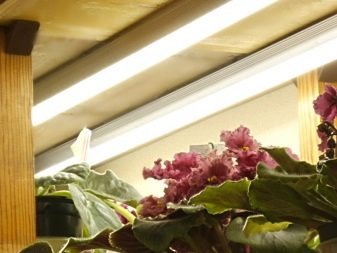
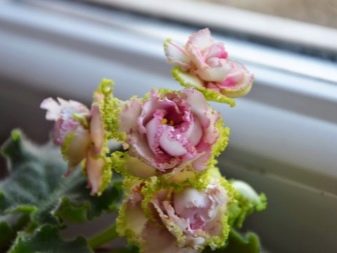
Care advice
Caring for Saintpaulia LE-Rose of the Winds includes watering, feeding and plant transplantation.
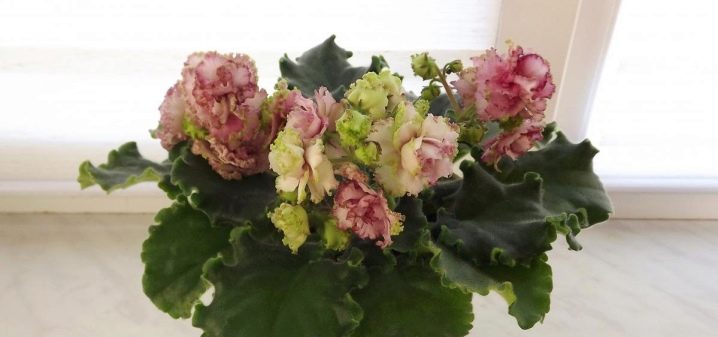
Watering
It is recommended to water the flower only at the root, while not allowing water droplets to get on the leaves. This is due to the fleecy structure of the sheet plates, due to which the water does not evaporate for a long time and does not drain from the surface of the sheet, provoking its decay.
It is advisable to use thawed or filtered spring water.
If this is not possible, then you can also water it with tap water, previously settled for two days. Good results are obtained by wick irrigation, which allows the plant to take exactly as much moisture as it needs at the moment.
This method is carried out using a rope:
- a rope made of natural fibers 2 mm thick is passed through the substrate into the drain hole of the pot;
- the pot is placed on a jar of water, and the end emerging from the hole is dipped into the water.
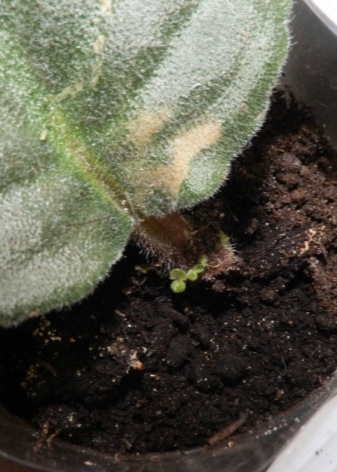
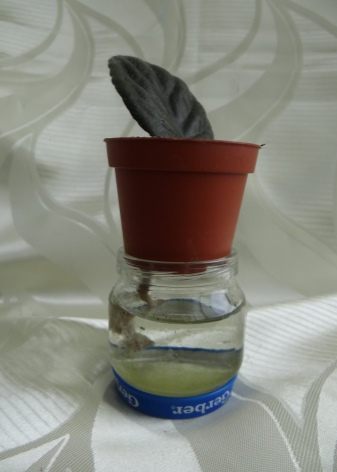
Fertilizer
Feeding the violet LE-Rose of the Winds is recommended with special additives for Saintpaulias. The procedure is carried out in the spring and summer months - once every two weeks, and in the fall - once a month.
In winter, the flower is dormant and does not need feeding.
It is forbidden to feed Saintpaulia for two weeks after the transplant, as well as during the illness. As for the type of fertilizer, when building up the green mass, the main emphasis is on nitrogen-containing preparations, while a flowering plant requires additives based on phosphorus and potassium.
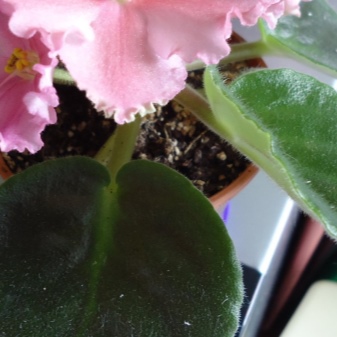
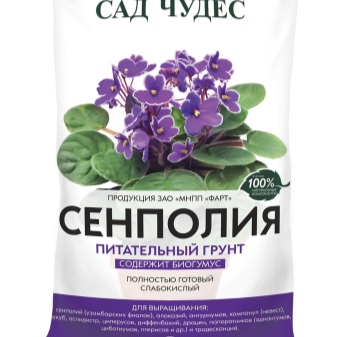
Transfer
A planned transplant of adult Saintpaulias is performed once a year in the spring. However, if the roots decay or when a whitish coating forms on the surface of the substrate, an emergency transplant is allowed. The need for regular replanting is dictated by the acidification of the old soil, which can provoke disease, and then the death of the violet.
The essence of the procedure is as follows:
- 2 cm of expanded clay is placed in a pot of a slightly larger volume than the one used, and the prepared substrate or the purchased mixture is poured on top;
- the container is filled with soil by 1/3 of the total volume, after which the plant is placed in the middle and the voids are carefully filled in;
- then the soil around the flower is compacted and watered moderately.
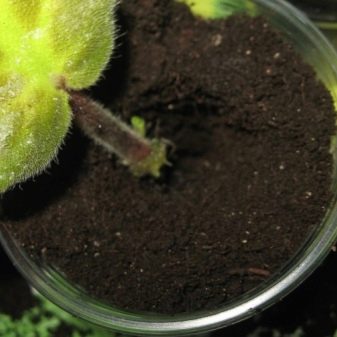

Before planting, the root system must be carefully examined, diseased or rotten processes must be removed.
Starting from the third year of life, when transplanting, the plant is regularly rejuvenated - for this, part of the root processes is removed and the lower leaves are cut off.
Reproduction
Saintpaulia LE-Rose of the Winds is propagated by the method of rooting leaves or pinching. The separation of the rosettes-stepsons from the parent is carried out during the transplantation process, using a clerical knife or blade for this. Rooting of the rosette is performed in peat tablets, and transplantation into permanent pots is performed after the leaves grow up to 5 cm. This method is the most preferable, as it allows you to preserve varietal characteristics.
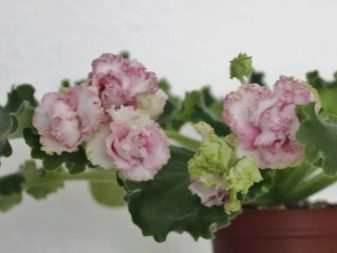
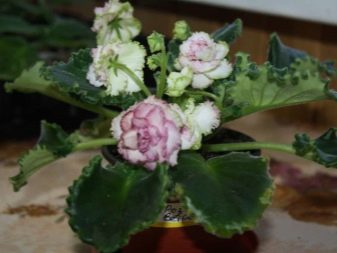
Propagation of Saintpaulia using a leaf cutting is performed as follows:
- a strong and healthy leaf is selected from the lower or middle row and separated from the parent;
- make an oblique cut on the handle and place the leaf in boiled water;
- if a soil mixture or a peat tablet is available, then the leaf is immediately placed there;
- 4 weeks after planting, the cutting usually grows 4 cm, after which the young shoot can be transplanted to a permanent place.
The first flowers on such a plant appear in about a year.
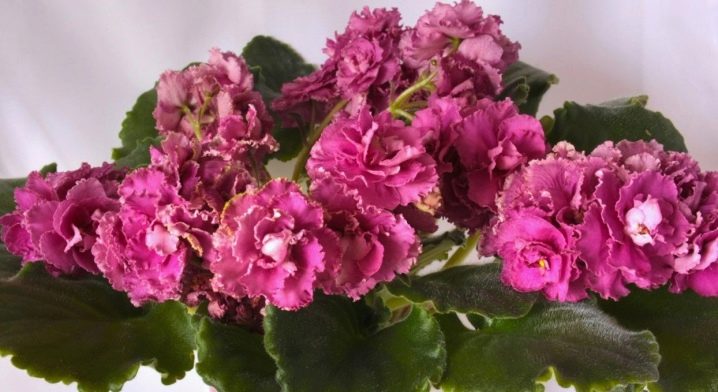
Thus, with proper and careful care, it is quite possible to preserve the varietal characteristics of the violet LE-Rose Vetrov. To do this, you just need to carefully follow the recommendations and devote a little more time and attention to the flower.
A video review of the sport from the violet LE-Rose of the winds, see below.































The comment was sent successfully.